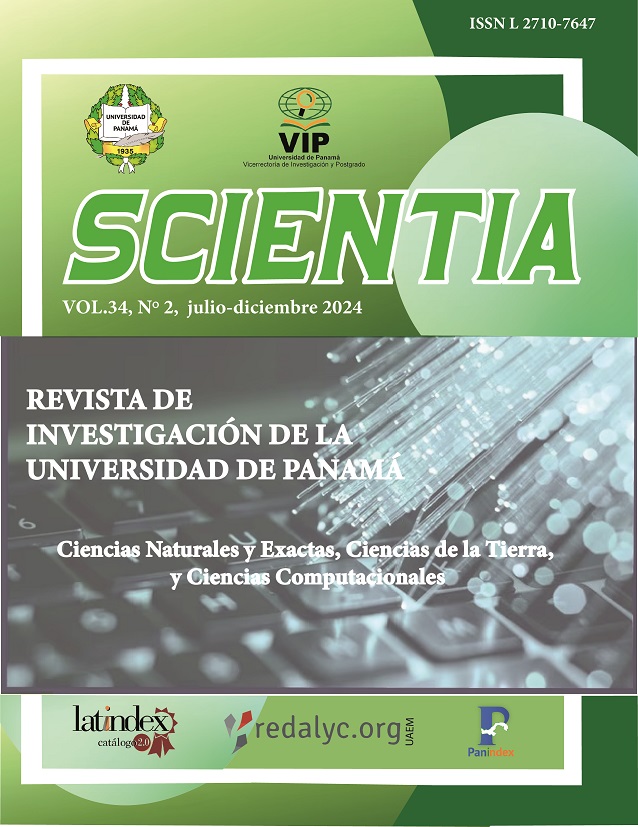

Copyright (c) 2024 Scientia

This work is licensed under a Creative Commons Attribution-NonCommercial-ShareAlike 4.0 International License.
Some primate species use sweet-sour qualities to determine the presence of carbohydrates and avoid compounds that prevent adequate nutrient intake. Our objective was to evaluate the effects of sucrose and pH on the acceptance of plant parts (PV) by Alouatta palliata aequatorialis in Soberanía National Park. We located individuals through direct and indirect trail search. We conducted 76 focal animals (AF) to evaluate the frequency of acceptance of the PVs (leaves, fruits, petioles and stipules), which were subsequently collected to be identified. We also collected the evaluated PVs (accepted/rejected) to measure sucrose using a refractometer and pH with test strips. We obtained that AF fed mainly on fruits (36.4%), leaves (33.9%) and petioles (29.7%) of 10 plant species. The consumed PV presented a percentage of sucrose (Brix%) between 4.3 to 14.3 (x? 9.1±SD3.2), with a difference between them (F:10.1668, df:2, p:0.0003). The pH presented a range of 4 to 7 (x?:5.5±SD:0.9), with differences between the PVs (Chi2:10.77, gl:2, p:0.0046). There was no dependence in the frequency of acceptance of PV with respect to sucrose (p:0.07191) and pH (p:0.3621). This supports that howler monkeys may use these qualities as an indication, but without any effect on acceptance. To complete this research, we propose that astringent and bitter qualities be evaluated to determine their effect on acceptance.